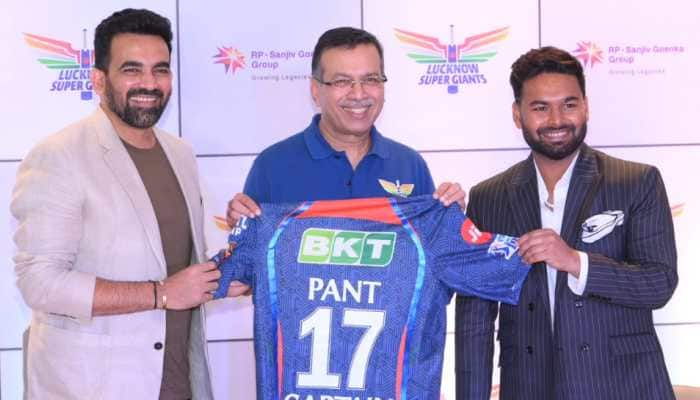Govt issues guidelines for development of e-Content for children with disabilities
For the first time, an attempt was made to prepare guidelines for CwD also referred to as Children with Special Needs (CWSN) children so that the goal of inclusive education is fulfilled.
- Govt has issued guidelines for the development of e-Content for children with disabilities
- Union Education Minister Ramesh Pokhriyal ‘Nishank’ has approved the release of new guidelines
Trending Photos
) Image for representational use only
Image for representational use only NEW DELHI: Union Education Minister Ramesh Pokhriyal ‘Nishank’ on Tuesday approved the release of new guidelines for the development of e-Content for Children with Disabilities.
A comprehensive initiative, PM e-VIDYA was launched on May 17, 2020, with an aim to unify all efforts related to digital/online/on-air education.
The programme interalia envisages the development of special e-content for the Divyang (Children with Disabilities - CwDs). In pursuance of this vision, the Department of School Education and Literacy, Ministry of Education had constituted a Committee of experts, for recommending guidelines for developing e-content for these children.
For the first time, an attempt was made to prepare guidelines for CwD also referred to as Children with Special Needs (CWSN) children so that the goal of inclusive education is fulfilled.
The Committee submitted a report titled “Guidelines for the Development of e-Content for Children with Disabilities” comprising of eleven Sections and two Appendices. This report was shared, presented, discussed and accepted by the MoE.
The salient highlights of the e-content guidelines in the report are: -
e-Content for CwDs should be developed based on the four principles namely: perceivable, operable, understandable and robust.
e-Content including text, tables, diagrams, visuals, audios, videos etc. should comply with accessibility standards: national standards (GIGW 2.0) and international standards (WCAG 2.1, E-Pub, DAISY etc).
Distribution platforms on which content is uploaded (e.g. DIKSHA) and Reading platforms/devices on which content is accessed and interacted (e.g. e-pathshala) must comply with technical standards
Reasonable pedagogical accommodations have been recommended to meet the specific needs of CwDs
The technical standards and guidelines have been detailed out in Section 4 of the report.
The Committee has also recommended that in a phased manner, textbooks may be adapted into Accessible Digital Textbooks (ADTs).
The content of ADTs should be provided in multiple formats (text, audio, video, sign language etc) with turn-on and turn-off features.
Further, ADTs should provide flexibility to CwDs to respond to its content/exercises in multiple ways. The detailed guidelines for developing ADTs along with existing international and national experience, in the development of prototypes including the recent NCERT’s experience: Barkha: A Reading Series for All (in print and digital forms), Accessible Textbooks for All and UNICEF’s “Accessible Digital Textbooks using Universal Design for Learning ( for Learners with and without Disabilities ) have been presented in Section 5 of the report.
In addition to ADTs, in Sections 6 to 9 the Committee has recommended specific guidelines for the development of supplementary e-Content as per 21 disabilities specified in the RPWD Act 2016 for students having Intellectual and Developmental Disabilities, Multiple Disabilities, Autism Spectrum Disorders, Specific Learning Disabilities, Blindness, low vision, Deafness and Hard of Hearing and others.
A summary of the recommendations has been presented in Section 10 of the report for sharing widely with content creators, content designers, developers, publishers.
The implementation roadmap along with the suggestions to strengthen compliance to the accessibility guidelines have been presented in Section 11 of the report.
These guidelines will initiate the creation of high-quality content for digital education to Children with Special needs. They are dynamic by nature, to be improved based on experience and the advent of better technology.
Stay informed on all the latest news, real-time breaking news updates, and follow all the important headlines in india news and world News on Zee News.
Live Tv







)
)
)
)
)
)
)
)
)
)
